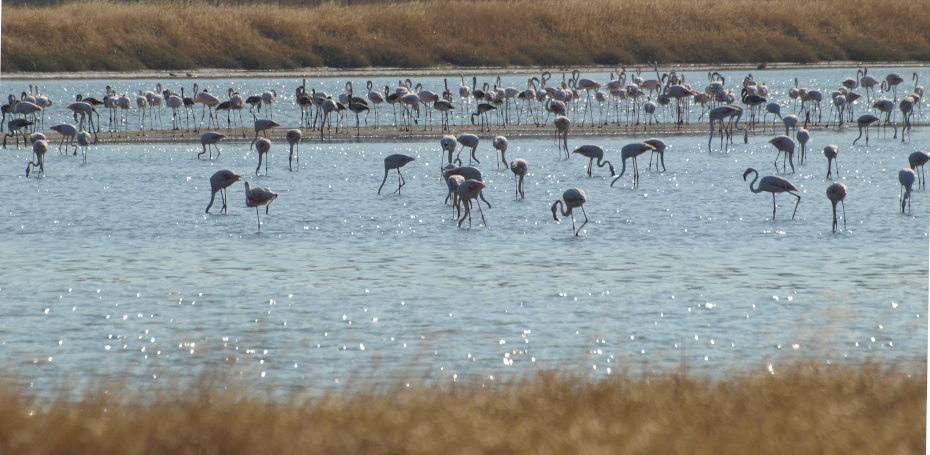The viability of all forms of life is highly dependent on the regularity of events such as the daily variations of light and the seasonal changes in climate. The regular variations in the physical phenomena are manifested in regular periodic events in biological life cycles such as the emergence of leaves and flowers, the developmental cycles of insect populations, the first appearance of migratory birds, the leaf-drop of deciduous trees, the dates of egg-laying of birds and so on. The study of these periodic events and the factors that influence their variability is termed phenology. When the variability of these periodic events remains within certain limits, disturbances of the existing interrelated of biological life cycles is not sufficient to produce any major consequences.
Throughout the history of life on earth these periodic events have developed to form a complex system which is in a state of more or less equilibrium. This system can compensate for small changes in the regular periodicity of events but has problems when larger, more sudden changes occur. Extreme cases of such changes, an asteroid impact or a massive volcanic eruption, for example, are fortunately very rare, but other events occurring over a relatively short time-scale can also have long-lasting consequences. The ice-ages are an example of this and nowadays the increasingly evident disturbance of normal climate patterns is another. When the life-cycles of interdependent species fall out of step with each other, the viability of populations becomes difficult to sustain. This phenomenon has been termed phenological asynchrony.
A recent article by researchers from the University of Leiden on the behaviour of migrating birds has relevance to Lesvos. Although the study was done on bird migration in the Asia-Pacific region, the conclusions are relevant to any areas where migration occurs. Lesvos is an important stopover point for migrant birds and attracts large numbers of bird-watchers, particularly in the spring around the wetlands in the area of the bay of Kalloni.

The researchers studied several migrating waterfowl species and the changes in the vegetation year by year at stopover points on the migratory routes. The aim was to attempt to quantify the disruption of the normal vegetation cycle due to climatic changes and to determine to what extent this affected the integrity of the migration routes. They showed that climate change-induced shifts in the life-cycle of the vegetation necessary for the migrating birds could cause an average 12% loss of migration network integrity. The findings highlight the susceptibility of migratory species to climate change and it is hoped that the research can be extended to migratory species in general and help to identify actions for biodiversity conservation in the face of climate-related risks.
The paper is available by open access: Wei, J., Xu, F., Cole, E. F., Sheldon, B. C., de Boer, W. F., Wielstra, B., Fu, H., Gong, P., & Si, Y. (2024). Spatially heterogeneous shifts in vegetation phenology induced by climate change threaten the integrity of the avian migration network. Global Change Biology, 30, e17148. https://doi.org/10.1111/gcb.17148

Dear [family member], I would like to express my admiration for this exceptionally well-written post that contains nearly all pertinent information. I am inclined to discover more posts of the same caliber.
This webpage is fabulous. The superb information shows the maker’s earnestness. I’m dazed and envision additional such incredible presents on.